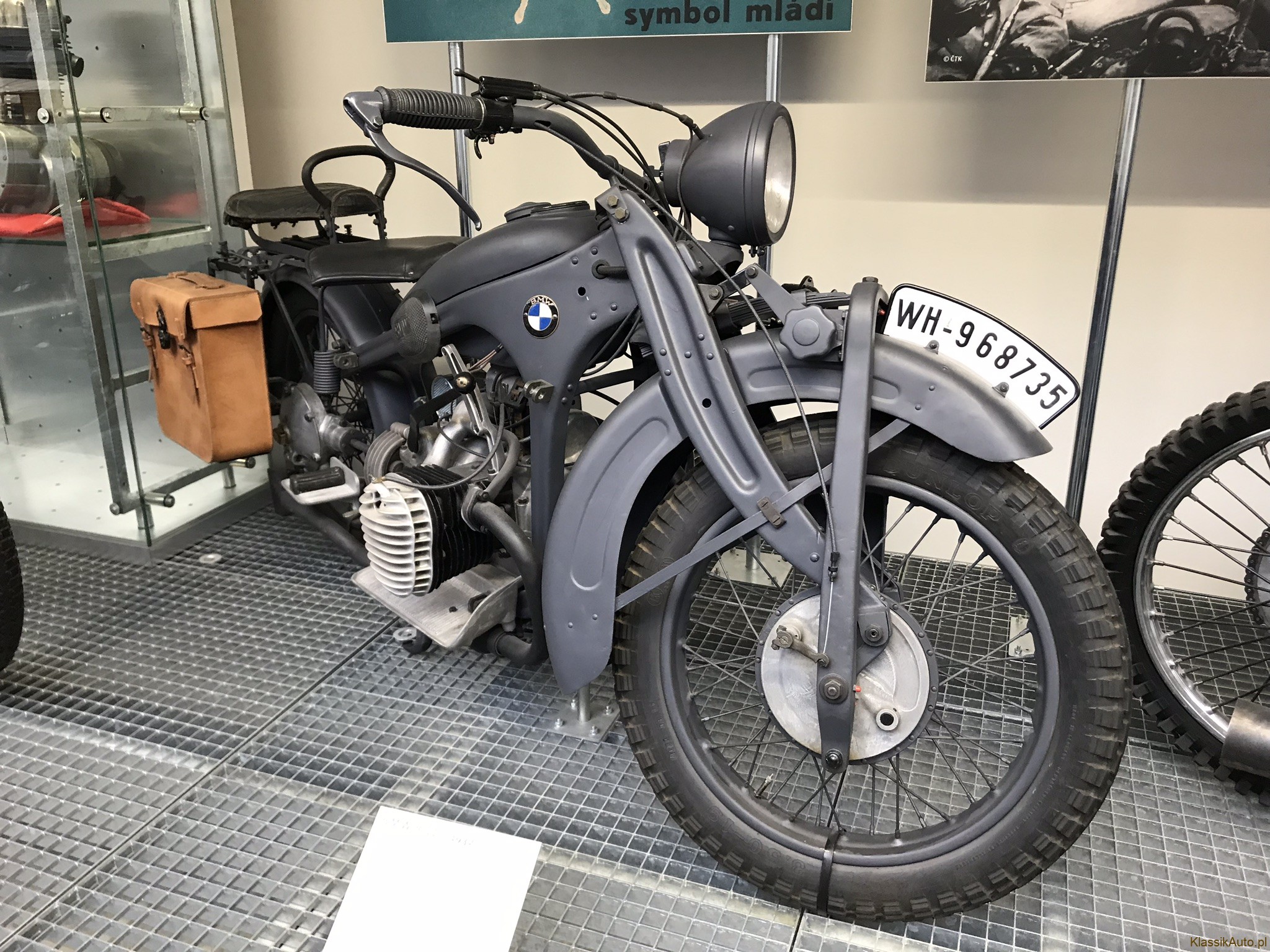

This R11 displays a total of only 4 kilometres on the odometer, which, presumably, is the distance covered since restoration. Progressively improved, the R11 was built in five series up to 1934. BMW's relatively vibration-free engine was already a byword for smoothness and refinement, and this, coupled to a three-speed shaft-drive transmission, made the R11 sidevalve one of the finest touring motorcycles of its day. The transversely mounted 'flat-twin' engine was already a BMW trademark but for the first time it was installed in a pressed-steel frame, the first model to incorporate this landmark of motorcycle design being the 740cc R11. Since then, new and improved models have been produced and released every year by BMW.Shortly after venturing into car manufacture for the first time by acquiring the Dixi works at Eisenach, BMW introduced a major innovation to its motorcycle range in 1929. They introduced the electric starter for the first time, and their bikes were faster, lighter weight, and more reliable than ever before. In 1969, BMW motorcycles were completely revamped, with even more advanced and convenient features. BMW motorcycles had features that were unique and efficient compared to competing motorcycles, such as recirculating wet sump oiling system, which made them desirable to consumers. After that, BMW merged with another corporation in 1922, Bayerische Flugzeugwerke, and that is when the production of the first of BMW motorcycles began.

However, many manufacturers used this engine for their motorcycles. In 1920, their flat-twin petrol model engine was released to companies and was designed to be used as a portable industrial engine.

Originally constructing aircraft engines, BMW started to produce farm equipment engines, small industrial engines, and engines for household items after World War I. The manufacturing of BMW motorcycles began in 1921, when the company began producing engines for other businesses, releasing their first motorcycle in 1923.


 0 kommentar(er)
0 kommentar(er)
